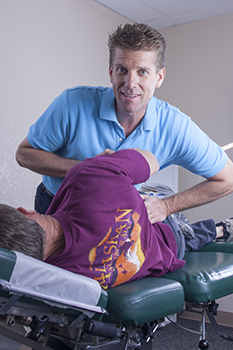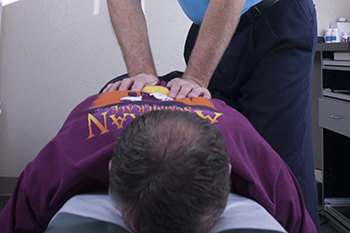Segmental Drop Table or Thompson Technique
 The Thompson Technique or Segmental Drop Table chiropractic technique enhances the motion of the adjustment area. The drop table takes advantage of the basic design of a joint. By dropping only a specific section of the table the chiropractor can gently adjust the spine in a segmented and safe movement. The Thompson drop table technique is an effective form of chiropractic care for unlocking joints or a specific segment of the vertebra.
The Thompson Technique or Segmental Drop Table chiropractic technique enhances the motion of the adjustment area. The drop table takes advantage of the basic design of a joint. By dropping only a specific section of the table the chiropractor can gently adjust the spine in a segmented and safe movement. The Thompson drop table technique is an effective form of chiropractic care for unlocking joints or a specific segment of the vertebra.
An advantage to the drop table technique is the disbursement of the leftover force by the table. The dropping motion can make the adjustment less painful, but just as effective. The Thompson chiropractic method does not cause cracking or popping of the spine. This technique can be easier on the spine and a softer adjustment for older patients or those healing from an injury.

 The Diversified or Gonstead method of manipulation is the most well-known form of chiropractic care. The Gondstead method of manipulating and rotating the spine can offer a deeper correction than other methods of chiropractic adjustment and is safe. Commonly referred to as “cracking or popping” of the back, neither is completely accurate.
The Diversified or Gonstead method of manipulation is the most well-known form of chiropractic care. The Gondstead method of manipulating and rotating the spine can offer a deeper correction than other methods of chiropractic adjustment and is safe. Commonly referred to as “cracking or popping” of the back, neither is completely accurate.